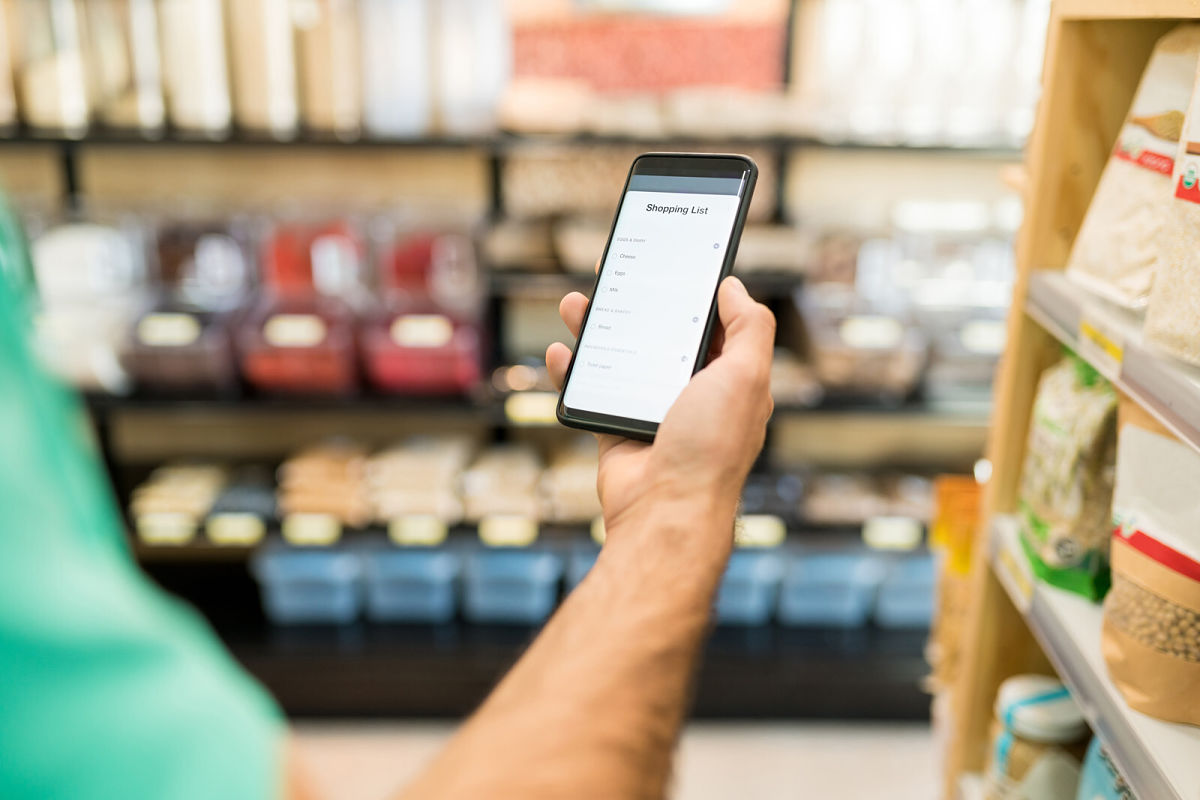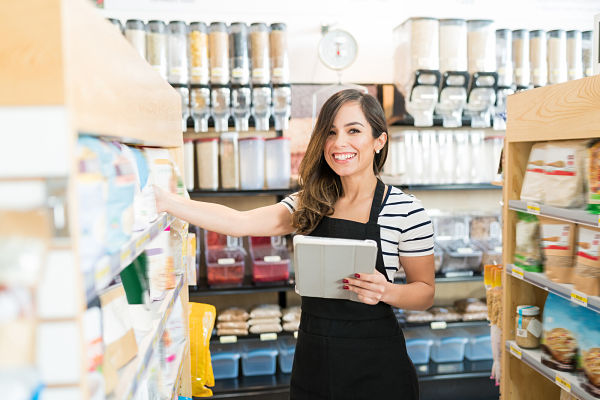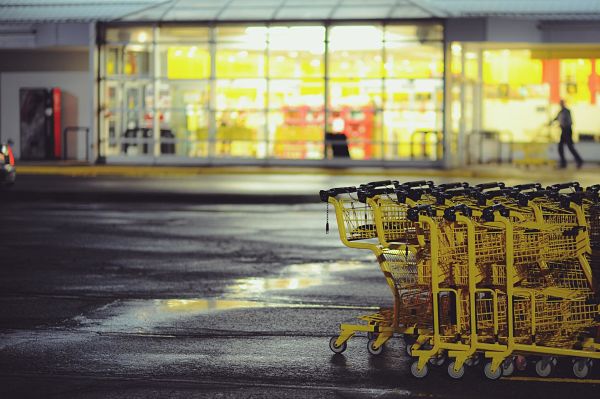2020 was a conflicted year for the convenience and grocery store industries. Because of their designation as an essential service, convenience stores were allowed to remain open during the pandemic; however, they had to overcome a 10- to 15-percent decrease in fuel demand. At the same time, the number of store transactions decreased by 14%; however, overall inside sales increased by 1.5% as customers bundled their daily shopping and take-home meal purchases into their stops at the local convenience store.
In addition, food service and retail operations around the world were forced to focus on sanitation and cleaning procedures like never before, while also using technology to adopt new service options such as contactless payment, self-checkout and curbside pickup.
The right technological tools are those that help your convenience store chain survive these contradictions and achieve its goals. Here’s a closer look at what those goals are likely to be in 2021 and what tools could help achieve them.
What Is Convenience?
Today’s post-pandemic customers have an expanded definition of what the “convenience” part of the convenience store equation should be. They expect a continuation of last year’s strict sanitation procedures, as well as continued or even expanded contactless options. At the same time, they want an updated, frictionless experience that gets them in and out of your store quickly and with exactly what they stopped in for. Examples of relevant technological advances include the option to order and pay for in-store items at the pump, as well as shopping and ordering via a mobile app.
This year, store operators have said they plan to add or expand curbside pickup, delivery services, drive-through services, and a wider variety of better food options. The 7-Eleven chain is redefining convenience by making even more upgrades including mobile wallet options and a loyalty program that’s already signed up 40 million customers. This highlights how a loyalty program can help your organization better understand your customers so your stores can add value, make more sales, and develop a relationship that keeps customers coming back.
Another expansion that may be coming sooner rather than later is electric vehicle (EV) charging points. When your customers stop in to charge up, the process will take at least 15 minutes. Chains that can provide a welcoming, worthwhile in-store experience are likely to make themselves the charging station of choice for EV drivers. As long as strong public health measures are still in place, this experience could include the addition of seating areas, expanded food options like deli and pizza counters, and even the reintroduction of arcade games.
Prioritizing Your Best Customer Experience
Clearly, the definition of the best customer experience can vary by customer. Operationally, your organization needs the flexibility to meet the needs of the customer who wants to run in and grab a coffee in less than two minutes and the EV driver who has 20 minutes to kill – and everyone in between.
Another serious operational challenge has come from convulsions in the labor market. Employee turnover and hiring difficulties are ranked as the issue second-most likely to significantly affect c-store sales and profitability in the coming months (the first being COVID-19).
Overall, convenience store operators are prioritizing the following in 2021:
- Implementing new technology (51%)
- Improving compliance with operational procedures (42%)
- Developing more effective employee training/recruitment (39%)
The top areas for making technological investments in the next 12 months include:
- Sanitizing/cleaning technology (43%)
- Customer feedback (42%)
- Food safety tracking (42%)
Food safety concerns are particularly severe: Only one-third of operators say they can correct any issues within 24 hours, and only half feel very confident they can identify potential food safety concerns before they become a problem. This may be why, as in-store food preparation options have expanded, the average number of convenience store audits has topped five a year.
Meeting Your Tech Needs With MeazureUp
Let’s summarize your convenience store chain’s deepest operational tech needs:
- Ability to track and reinforce public safety protocols, including food safety
- Flexibility to develop best practices that support a variety of customer experiences – all of them still consistent with brand standards
- Transparency in real-time data that will allow any issues to be identified and addressed quickly or even prevented altogether
- Mobility that will allow operational oversight to take place wherever any employee, manager or trainer may be (the curbside delivery spaces? The kitchen? Another store? Even at the other end of the territory!)
- Onboarding and training procedures that will increase not only employee accountability, but overall job satisfaction and employee retention rates.
Finally, after all the statistics above, here’s the most mind-boggling one: Around 40% of convenience store operators are still trying to use paper documentation, including checklists, to meet all these operational needs. It’s mind-boggling because there’s simply no benefit to continuing to use paper within today’s contactless, mobile and digital framework.
You need only one tech tool to meet all of these needs.
MeazureUp eliminates inefficient, wasteful paper documentation processes through a cloud-based mobile app that is customized specifically for the operational needs of your business. The app houses every checklist, best practice, instructional video, audit preparation protocol, action plan, training module, and more – and puts them all at the fingertips of every employee with a smartphone. Your
store teams complete their training through the app, then reference the tools in the app whenever they have a question. Completing checklists is a matter of a few swipes and taps, and documentary photos and videos are easy to add to the record.
Once actions are saved, they’re immediately uploaded to the app’s dashboard, where anyone can see exactly what’s going on inside any store at any time, no matter where they are. When remedial action is needed, it can be taken through action plan templates saved in the app and assigned to employees, complete with reminders and automatic notifications upon completion.
Because the data is all available all the time, and automatically annotated with employee, timestamp and location, actions and decisions can be based on fully transparent, objective information. Employees know exactly what is expected of them through every shift. Over time, your stores come to offer the consistent, brand-appropriate experiences that develop relationships and bring back repeat customers.
For more information on meeting your c-stores’ operational tech needs with MeazureUp, visit https://meazureup.com/grocery-convenience-store-checklist/.



